Especificación de la máquina perfiladora de puntales en V
Los datos de la técnica
- Materiales para formar la puerta del obturador: 1,2-2 mm, bobinas galvanizadas
- Pasos de formación: alrededor de 18 pasos
- Material de los rodillos: acero GCr15, mecanizado de precisión, enfriamiento de alta frecuencia HRC58-62, diámetro de los rodillos:>¢150
- Material del eje principal: acero de alta calidad 45# (diámetro>¢50)
- Material de las cadenas: acero 45#, enfriamiento de alta frecuencia, paso circular: 38,1; número de dientes: 13
- Corte: corte hidráulico; enfriamiento HRC58-62
- Control electrónico: control PLC marca japonesa Panasonic
- Dimensión de la máquina:4500mmX500mmX800mm
- Sistema de transmisión: transmisión por cadena
- Potencia del motor principal: 7.5KW
- Velocidad de trabajo: 12-15 m/min;
flujo de trabajo
desbobinador—→dispositivo de nivel—→máquina formadora de rollos principal—→corte hidráulico—→ mesa de salida

Aplicación de la máquina perfiladora de puntales en V
El puntal en V se utiliza para adaptarse al riel de la puerta de la persiana enrollable. La máquina de tiras de persianas enrollables con puntales en V está equipada con una serie de rollos con troqueles de formación en ella, a través de los cuales se pasa una tira cortada y en una operación la tira se forma en la forma deseada, adecuada para hacer persianas enrollables en una sola inserción. Estas máquinas hacen cada tira con precisión y por igual.

¿qué es la perfiladora de canal de puntal?
Una máquina perfiladora de canal de refuerzo es un tipo de equipo industrial utilizado para fabricar canales de refuerzo a través de un proceso llamado perfilado. Los canales de refuerzo, también conocidos como canales en C o canales en U, se utilizan habitualmente en las industrias de la construcción y eléctrica para soportar y organizar diversos componentes, como tuberías, cables y equipos.
La máquina perfiladora está diseñada para tomar una tira o bobina metálica plana, normalmente de acero o aluminio, y darle forma gradualmente hasta obtener un perfil de canal de puntal con dimensiones y características uniformes. La máquina consta de varias estaciones, cada una con un conjunto de rodillos que doblan y moldean progresivamente la tira metálica hasta darle la forma deseada.
El proceso comienza con la introducción de la banda metálica en la máquina, donde pasa por una serie de matrices de rodillos. Estas matrices se personalizan para crear patrones, orificios y dimensiones específicos necesarios para el canal del puntal. A medida que la banda metálica avanza por la máquina, los rodillos le van dando forma hasta crear el perfil deseado.
La máquina perfiladora de canal de puntal está equipada con varios componentes, como desenrolladores para alimentar la banda metálica, unidades de nivelación para garantizar la uniformidad, estaciones de punzonado o estampado para crear agujeros o ranuras, y mecanismos de corte para cortar los canales de puntal formados a las longitudes deseadas. La máquina suele estar automatizada y controlada por un sistema informático, lo que permite una producción precisa y eficaz.
Una vez que la banda metálica ha completado el proceso de perfilado, se corta en longitudes individuales y se puede seguir procesando, por ejemplo, añadiendo extremos roscados, acabando la superficie o aplicando revestimientos protectores. Los raíles resultantes se utilizan en diversas aplicaciones, proporcionando un sistema de soporte versátil y resistente para el cableado eléctrico, la fontanería, los sistemas de climatización y otras instalaciones.
En general, la perfiladora de canal de refuerzo permite una producción eficaz y de gran volumen de canales de refuerzo, ofreciendo a los fabricantes una solución rentable para satisfacer las demandas de las industrias de la construcción y eléctrica.
aplicación de la perfiladora de canal de puntal
- Construcción: Los canales de refuerzo se utilizan ampliamente en la industria de la construcción para el montaje de conductos eléctricos, tuberías y sistemas de climatización. Los canales de puntal conformados en rollo proporcionan un sistema de soporte fuerte y versátil para estos componentes, lo que permite una fácil instalación y ajuste.
- Instalaciones eléctricas: Los canales de puntal se utilizan para organizar y soportar cables eléctricos, bandejas de cables y otros componentes eléctricos. Los canales proporcionan una vía segura para los cables, lo que ayuda a reducir el desorden y a garantizar una gestión adecuada de los cables.
- Montaje de paneles solares: Los canales de soporte se utilizan en la instalación de paneles solares en tejados o sistemas montados en el suelo. Los canales proporcionan un marco para montar y fijar los paneles solares, lo que permite ajustarlos y colocarlos fácilmente para optimizar la captación de energía solar.
- Estanterías y sistemas de almacenamiento: Los raíles perfilados se emplean en la fabricación de estanterías y sistemas de almacenamiento para almacenes, locales comerciales e instalaciones industriales. Los canales actúan como bastidores de soporte para estanterías, estantes y otras estructuras de almacenamiento, proporcionando resistencia y durabilidad.
- Sistemas de exposición y exhibición: Los raíles de montaje se utilizan en la creación de cabinas de exposición, expositores de ferias comerciales y mobiliario para comercios. Los canales sirven de marco para montar estructuras modulares que pueden desmontarse y reconfigurarse fácilmente para diferentes eventos o montajes de exposición.
- Industria del automóvil: Los raíles de montaje se utilizan en la industria del automóvil para la instalación de mazos de cables, bandejas portacables y soportes de montaje. Los canales ofrecen una solución robusta y fiable para organizar y asegurar los componentes eléctricos de los vehículos.
- Sistemas transportadores: Los raíles perfilados se emplean en sistemas transportadores para soportar y guiar el movimiento de materiales o productos. Los canales sirven de marco para montar rodillos, guías y otros componentes del transportador.
¿cómo elegir la perfiladora de canal de puntal?
La elección de la máquina perfiladora de canal de puntal adecuada implica tener en cuenta varios factores clave. Estos son algunos factores a tener en cuenta a la hora de seleccionar una perfiladora de canal de puntal:
- Necesidades de producción: Determine sus necesidades de producción en función del volumen de canales de puntal que necesite. Tenga en cuenta factores como la producción prevista por hora o por día. Esto le ayudará a determinar los requisitos de velocidad y capacidad de la máquina.
- Especificaciones de los canales de refuerzo: Defina las dimensiones específicas, perfiles, patrones de orificios y otras características necesarias para sus canales de puntal. Asegúrese de que la máquina que elija pueda adaptarse a las especificaciones deseadas y cuente con las opciones de utillaje o la flexibilidad necesarias para satisfacer sus necesidades.
- Compatibilidad de materiales: Tenga en cuenta el tipo y el grosor de los materiales que va a utilizar, como acero o aluminio. Asegúrese de que la máquina está diseñada para procesar el tipo de material específico y el rango de grosor que necesita. Algunas máquinas pueden tener limitaciones en cuanto al grosor del material que pueden procesar con eficacia.
- Automatización y control: Evalúe el nivel de automatización y control que ofrece la máquina. Las perfiladoras modernas suelen incorporar controles informatizados que permiten realizar ajustes precisos, supervisar y recopilar datos. Las funciones de automatización pueden mejorar la eficacia, la precisión y la facilidad de uso.
- Flexibilidad y personalización: Evalúe si la máquina permite cambios y ajustes sencillos para adaptarse a distintos perfiles o dimensiones de canal de puntal. Considere si ofrece opciones de personalización, como la capacidad de crear varios patrones de orificios o ranuras, para satisfacer los requisitos específicos del proyecto.
- Calidad y fiabilidad: Busque una máquina de un fabricante de renombre conocido por producir equipos fiables y de alta calidad. Lea los comentarios de los clientes y tenga en cuenta el historial de rendimiento de la máquina para garantizar su fiabilidad y durabilidad.
- Asistencia y servicio posventa: Compruebe la disponibilidad de servicios de asistencia técnica, formación y mantenimiento proporcionados por el fabricante o proveedor. Una red de asistencia posventa fiable puede ser crucial para la resolución de problemas, la disponibilidad de piezas de repuesto y el mantenimiento continuo de la máquina.
- Coste y retorno de la inversión: Considere el precio de la máquina en relación con su presupuesto y el retorno de la inversión previsto. Compare precios, características y capacidades de distintos proveedores para asegurarse de obtener el mejor valor por su inversión.
- Dispositivos de seguridad: Compruebe que la máquina incorpora los dispositivos de seguridad adecuados para proteger a los operarios y cumplir las normas de seguridad. Esto puede incluir funciones como botones de parada de emergencia, protecciones de seguridad y sistemas de enclavamiento.
Al considerar cuidadosamente estos factores y llevar a cabo una investigación exhaustiva, puede elegir una perfiladora de canal de puntal que satisfaga sus necesidades específicas de producción, requisitos de calidad y limitaciones presupuestarias.


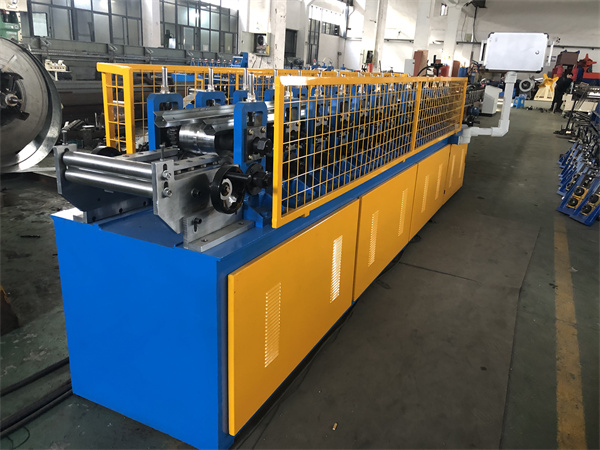

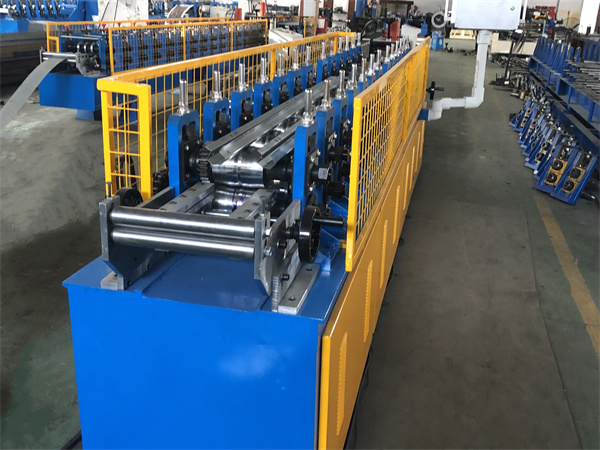


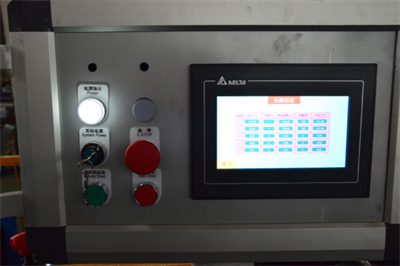



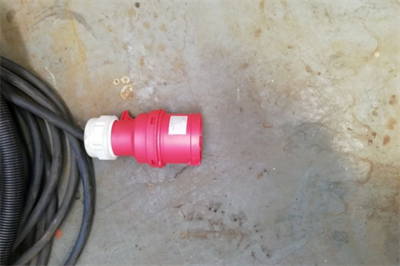



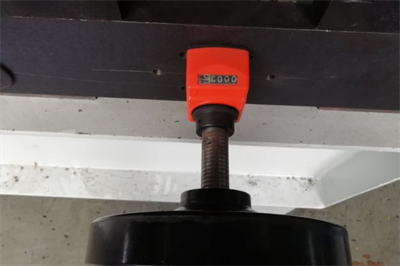





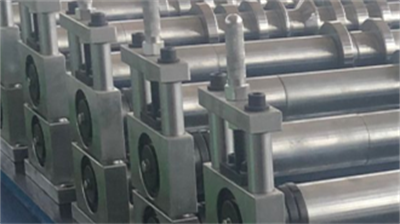

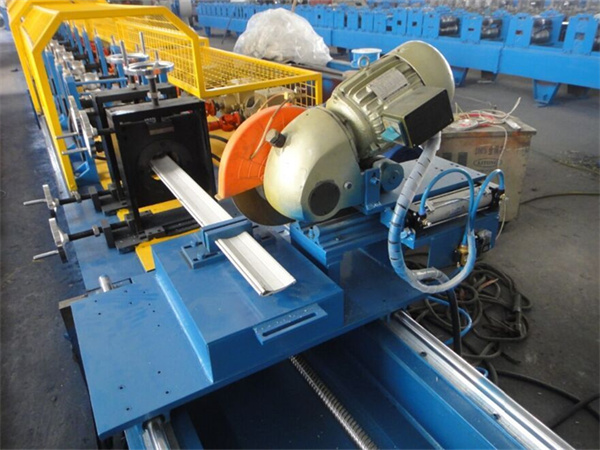

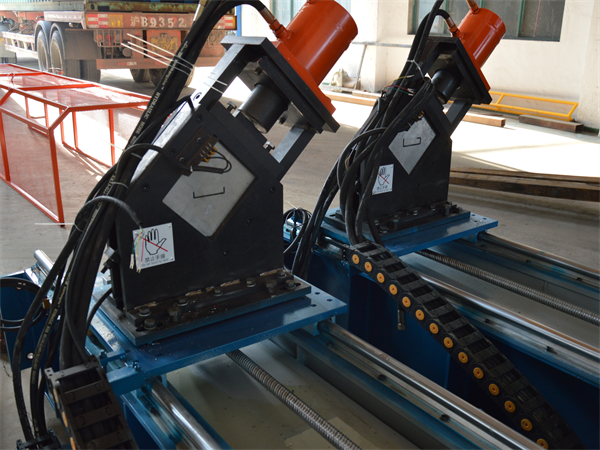
Valoraciones
No hay valoraciones aún.